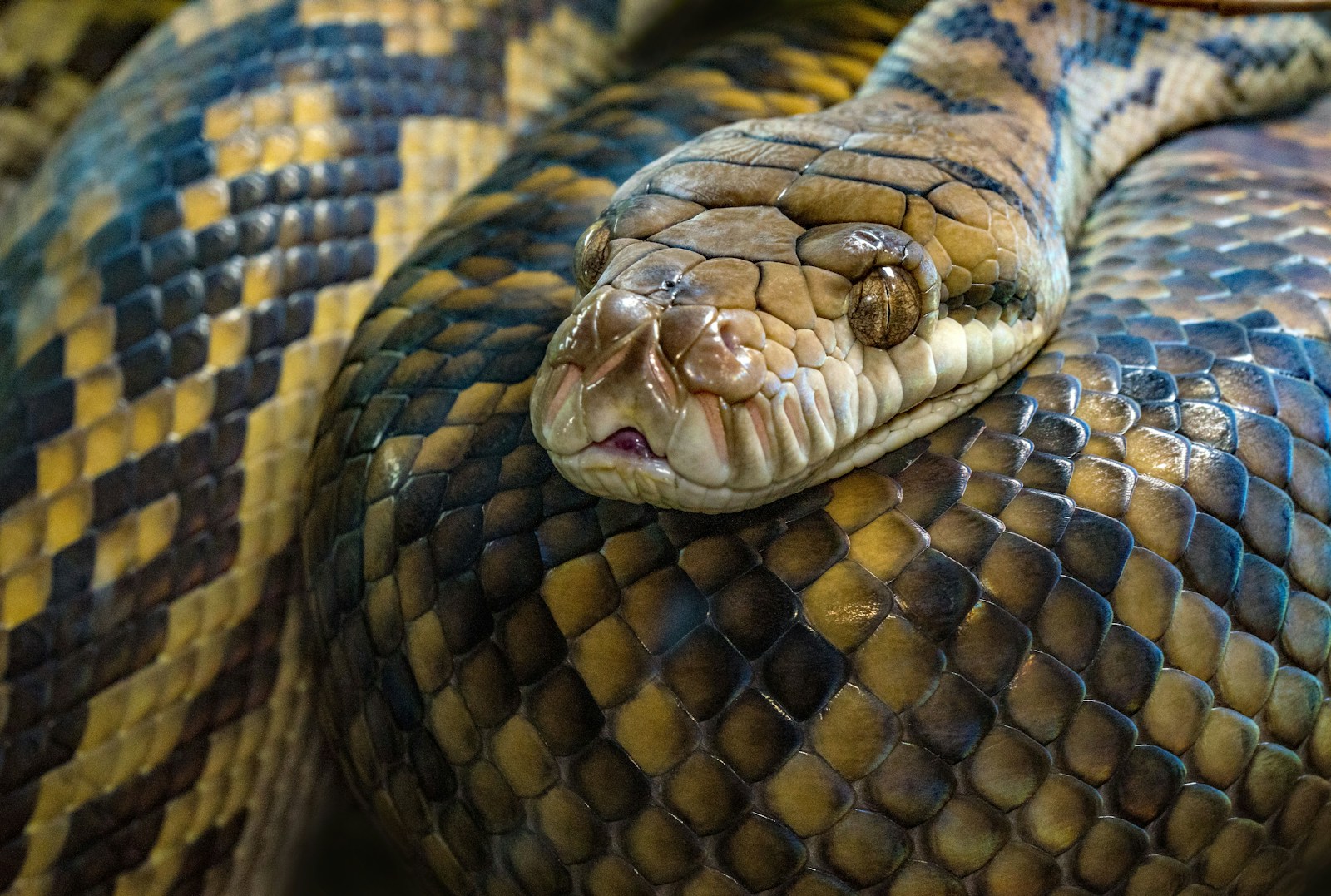In the world of animal defense mechanisms, few are as dramatic or effective as the death-feigning display of certain snake species. Among these remarkable reptiles, the hognose snake stands out for its theatrical performance that can include rolling onto its back, writhing dramatically, and appearing to suffer a traumatic head injury. This extraordinary behavior has fascinated herpetologists and casual observers alike, demonstrating the incredible adaptations that have evolved to ensure survival in the wild. The ability to fake injury represents a sophisticated evolutionary strategy that has helped these snakes evade predators for millions of years, turning vulnerability into an effective survival tool.
The Master of Deception: The Hognose Snake
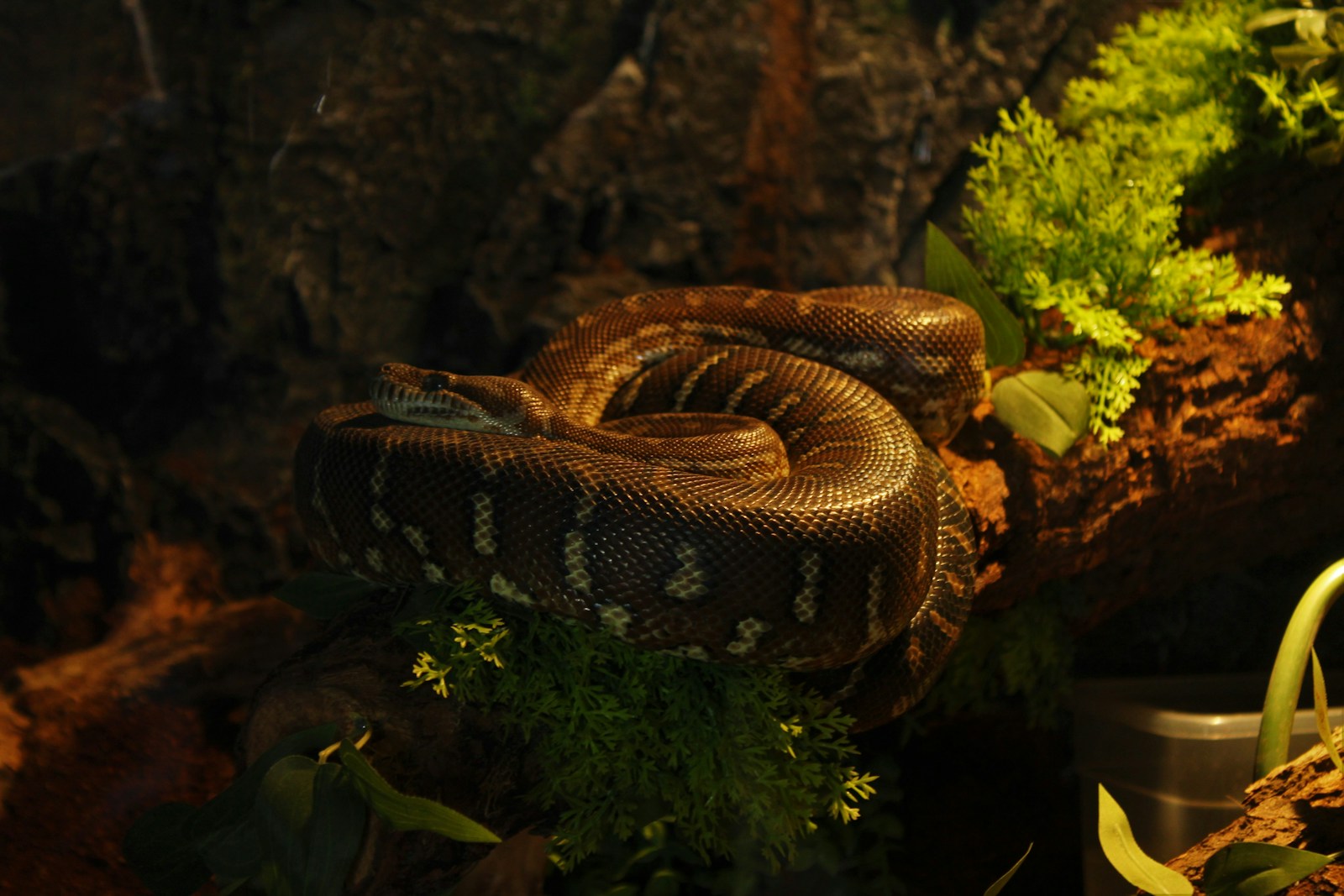
The primary snake known for its head injury fakery is the hognose snake, particularly the Eastern and Western hognose species (Heterodon platirhinos and Heterodon nasicus). These relatively small, thick-bodied snakes are native to North America and have developed an elaborate repertoire of defensive behaviors. With their distinctive upturned snouts that resemble a pig’s nose, these reptiles are easily recognizable to herpetologists. Hognose snakes typically reach lengths of 20-33 inches as adults and prefer sandy or loose soil habitats where they can easily burrow. Their remarkable defensive displays have earned them colorful nicknames like “drama queens” or “Hollywood snakes” among reptile enthusiasts.
The Defensive Drama Unfolds
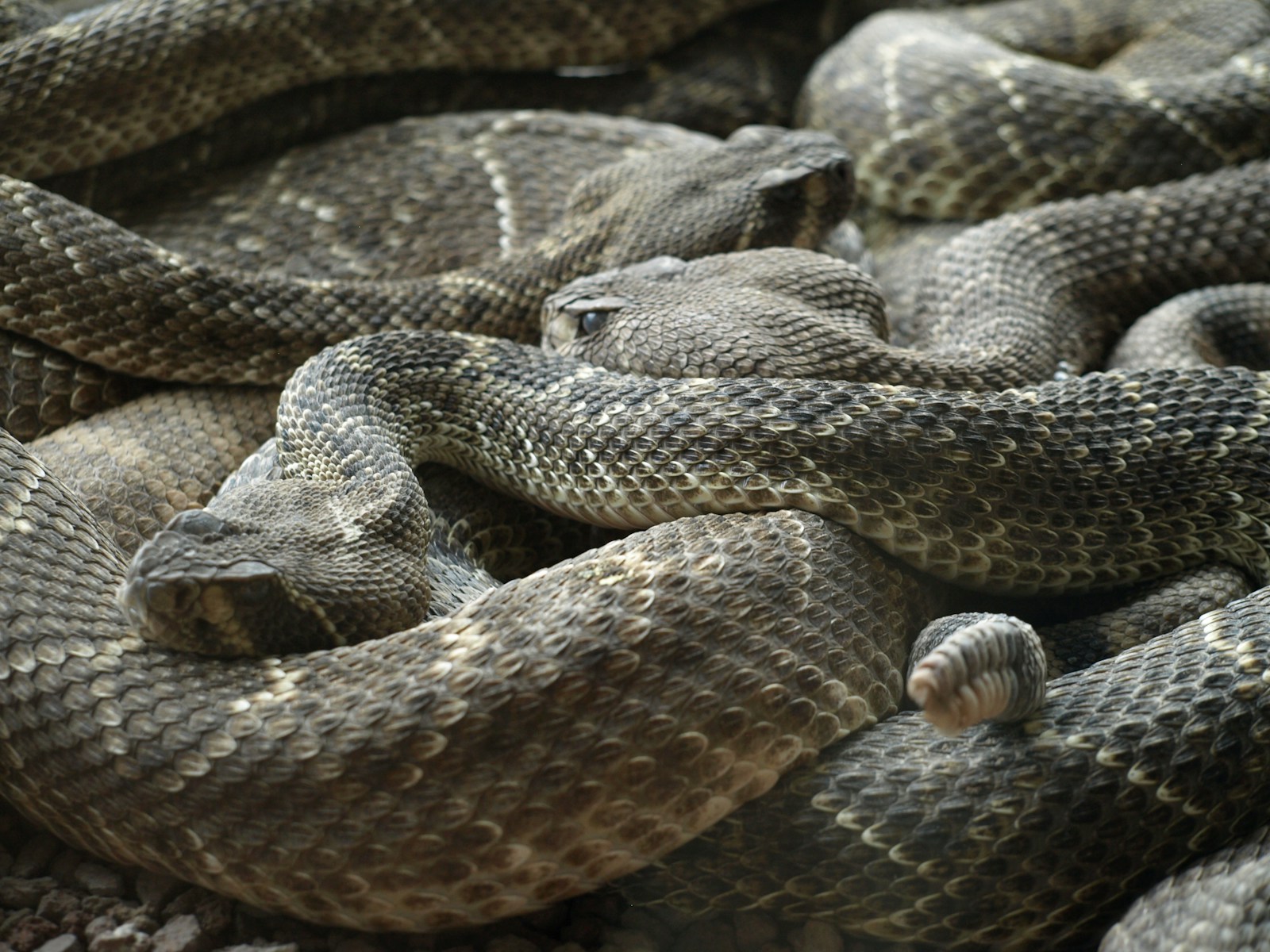
When threatened, a hognose snake’s defense follows a predictable escalation of dramatic behaviors designed to deter predators. Initially, the snake will flatten its neck and raise its head in a cobra-like display, hissing loudly to appear more dangerous than it actually is. If this intimidation tactic fails to discourage the threat, the snake transitions to its famous death-feigning behavior. The snake will convulse dramatically, flip onto its back, and writhe as though experiencing severe trauma or injury, particularly to its head region. During this performance, the snake may open its mouth, let its tongue hang limply to the side, and even emit a foul-smelling musk to complete the illusion of death or severe injury. This multi-sensory deception can be convincing enough to make predators lose interest, as many prefer live prey.
The Science Behind Playing Dead
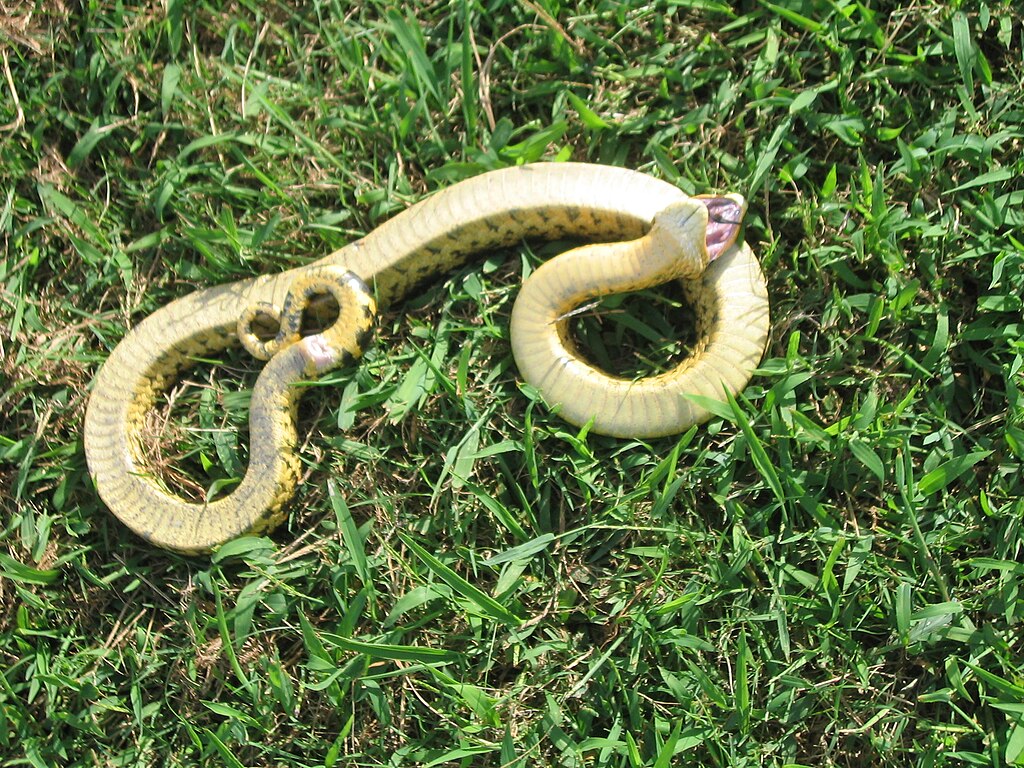
Thanatosis, or death-feigning, represents an evolutionary adaptation that capitalizes on many predators’ preference for live prey. The behavior involves a complex physiological response, including decreased heart rate and altered muscle tension that allows the snake to maintain an unnatural position. Research suggests that this reaction is not entirely voluntary but involves the snake’s parasympathetic nervous system – essentially a profound stress response. Studies have documented variations in the duration of these performances, with some hognose snakes maintaining their “dead” posture for up to an hour if the perceived threat remains. Interestingly, the behavior appears to be innate rather than learned, as even captive-born hognose snakes with no exposure to predators will perform this elaborate defense when frightened.
Mimicking Trauma for Survival

The head injury aspect of the hognose’s performance adds a particularly convincing element to its death-feigning routine. By simulating a severe head trauma, the snake presents itself as damaged and potentially disease-ridden prey. The snake will contort its head into unnatural positions, sometimes tucking it under body coils or twisting it at angles that suggest broken vertebrae. This specific mimicry targets predators’ instinctual avoidance of injured prey that might carry disease or parasites. The precision of this mimicry suggests the behavior has been refined through natural selection over millions of years. Researchers have noted that predators who encounter this display often retreat or lose interest, confirming the effectiveness of this evolutionary strategy.
The Full Arsenal of Defensive Behaviors

The hognose snake’s famous death-feigning is just one component of its comprehensive defensive strategy. Before resorting to playing dead, these snakes employ several other tactics to avoid becoming prey. They may puff up their bodies to appear larger, flatten their heads to resemble venomous vipers, and strike repeatedly with closed mouths. Some species can produce a convincing cobra-like hood by spreading their neck ribs. The escalation pattern typically progresses from intimidation to bluffing to death-feigning, with each stage activated only if the previous defenses fail to deter the threat. This multi-layered approach to self-defense demonstrates the evolutionary pressure that has shaped these behaviors over countless generations.
Regional Variations in Death-Feigning

Interestingly, hognose snake populations exhibit regional variations in their death-feigning behaviors. Studies comparing Eastern and Western hognose snakes have found differences in both the threshold for triggering the behavior and the elaborateness of the performance. Southern populations tend to resort to death-feigning more quickly and maintain the act for longer periods than their northern counterparts. Western hognose snakes typically incorporate more dramatic head movements in their performances compared to Eastern species. These regional differences may reflect adaptation to different predator communities or environmental conditions across their range. Genetic studies suggest these behavioral variations have a hereditary component, indicating they represent evolutionary adaptations to local conditions.
Other Snake Species with Similar Behaviors
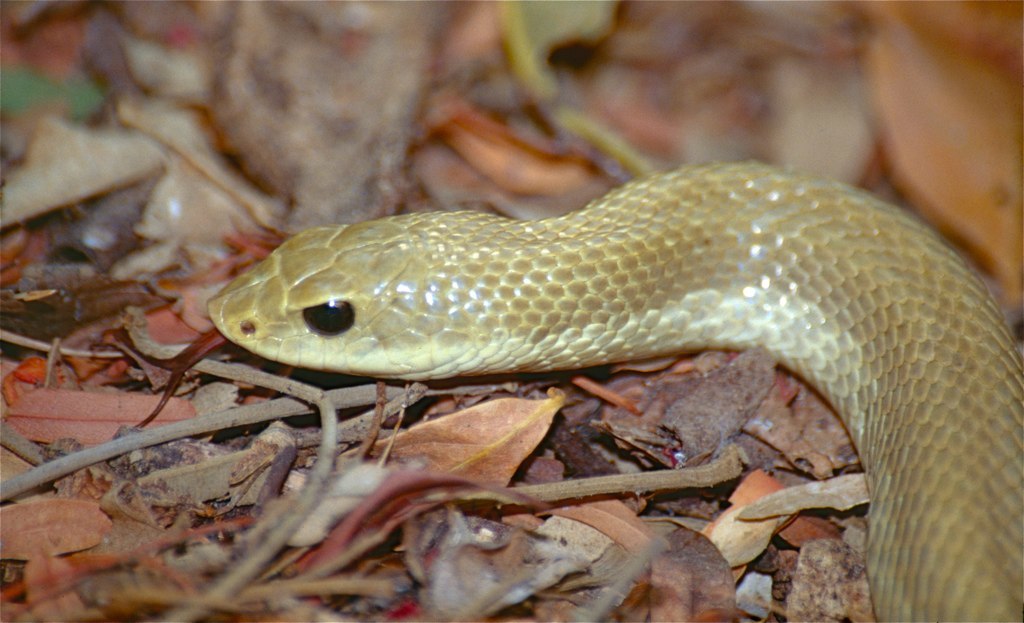
While hognose snakes are the most famous practitioners of death-feigning with head injury simulation, they aren’t the only snake species to employ this tactic. The African vine snake (Thelotornis kirtlandii) will sometimes dangle limply from branches with its mouth open and tongue extended when threatened. Some rat snake species occasionally exhibit limited death-feigning behaviors when handled. The grass snake (Natrix natrix) of Europe also employs death-feigning, often accompanying the display with the release of a foul-smelling secretion from its cloaca. However, the hognose snake remains distinctive for the elaborate nature of its performance and the specific mimicry of head trauma that makes its defensive display particularly effective.
The Role of Non-Venomous Status

The evolution of elaborate defensive displays in hognose snakes correlates strongly with their relatively harmless nature. While they do possess rear fangs and mild venom used primarily for subduing prey like toads, hognose snakes pose little threat to larger animals or humans. This lack of effective defensive weaponry has likely driven the evolution of their theatrical behaviors as alternative survival mechanisms. By contrast, highly venomous snake species typically invest less in elaborate displays and more in warning coloration or distinctive sounds. The hognose’s impressive performance compensates for its limited defensive capabilities, creating the illusion of danger or death when actual harmful capabilities are minimal. This evolutionary trade-off has proven successful, allowing these mild-mannered snakes to survive despite their lack of dangerous venom.
Predators and Their Responses

The effectiveness of the hognose snake’s death-feigning display varies depending on the predator it faces. Birds of prey, coyotes, foxes, and larger snakes represent the primary threats to adult hognose snakes in the wild. Field observations suggest that mammalian predators are more likely to be deterred by the death-feigning display than reptilian predators, possibly because mammals more frequently avoid prey that appears dead or diseased. Birds of prey have shown mixed responses, with some losing interest in seemingly dead snakes while others remain undeterred. The most consistent success comes against inexperienced predators or those with flexible feeding behaviors. This variation in effectiveness has likely contributed to the maintenance of multiple defensive strategies within the species.
Evolutionary Origins of the Behavior

Evolutionary biologists believe that death-feigning behaviors in snakes developed gradually over millions of years through natural selection. The earliest version of this behavior may have begun as a simple freezing response – a common reaction in many animals when facing danger. Over generations, individuals who displayed more convincing “dead” postures would have higher survival rates, passing these genetic tendencies to offspring. The specific head injury mimicry likely evolved as a refinement to the basic death-feigning display, as predators that avoided injured-looking prey would create selection pressure favoring more detailed performances. Fossil evidence is sparse for behavioral traits, but comparative studies with related snake species suggest these elaborate displays have ancient origins, possibly dating back millions of years.
Conservation Status and Human Interactions
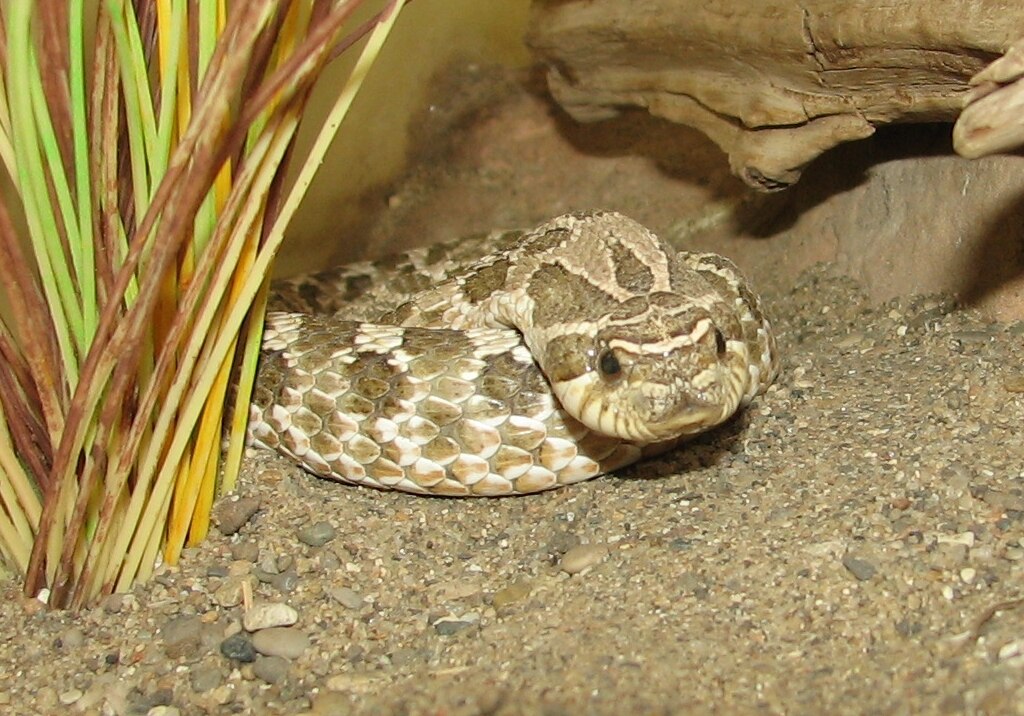
Despite their remarkable defensive adaptations, hognose snakes face numerous threats in the modern world. Habitat loss, road mortality, and persecution by humans who mistake them for venomous species have led to population declines in parts of their range. The Eastern hognose snake is listed as a species of special concern in several states. Their dramatic defensive displays can actually increase their vulnerability to humans, as people often encounter them during their performance and misinterpret the behavior as aggression or illness. Conservation efforts include public education about these harmless snakes and their beneficial role in controlling toad populations. Wildlife rehabilitation centers regularly receive hognose snakes that have been injured by people who didn’t recognize their harmless nature despite (or because of) their theatrical displays.
Fake Injuries in Other Animal Species
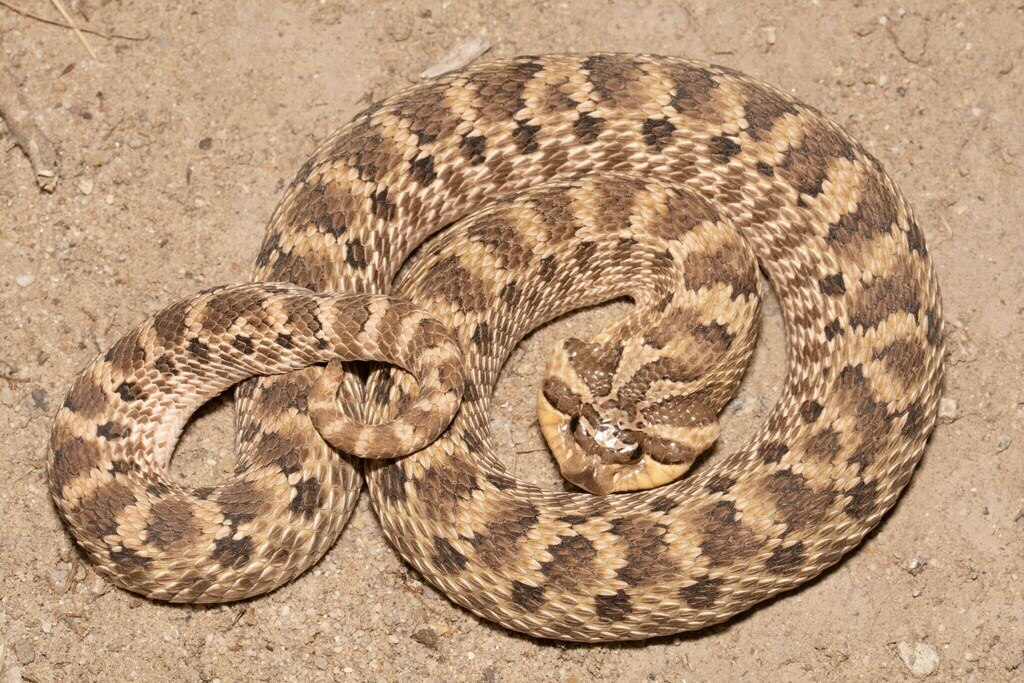
The hognose snake’s ability to fake head injuries exists within a broader context of deceptive behaviors throughout the animal kingdom. Perhaps the most famous parallel is the “broken wing” display of ground-nesting birds like killdeer, which pretend to have injured wings to lure predators away from their nests. Certain beetle species will roll onto their backs and remain motionless when threatened, similar to the hognose’s death-feigning. The Virginia opossum’s famous “playing possum” involves falling into a comatose-like state with mouth agape and tongue extended. These convergent behaviors across diverse animal groups demonstrate how natural selection can produce similar solutions to the universal challenge of predator avoidance. The hognose snake’s display stands out for its theatrical quality and specific mimicry of trauma rather than just general death-feigning.
Observing This Behavior Responsibly
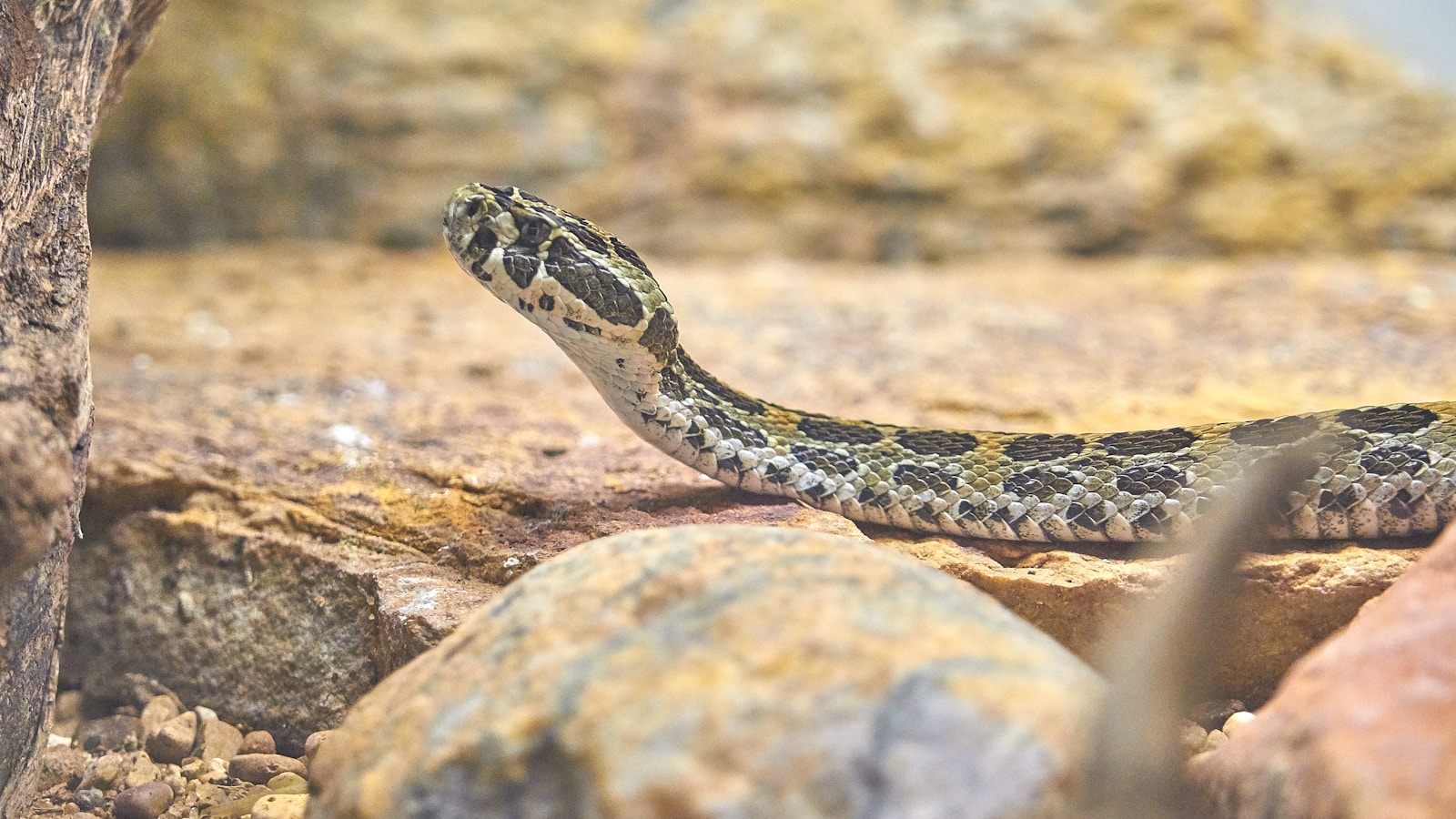
For nature enthusiasts hoping to witness this remarkable behavior, ethical guidelines should be followed to minimize stress to the animals. Hognose snakes should never be deliberately provoked into defensive displays, as this causes significant stress to the animal. Instead, observers should take advantage of chance encounters in the wild, maintaining a respectful distance and limiting observation time. If a hognose snake is found performing its death-feigning display, observers should quickly move away to allow the snake to recover and seek safety. Photography should be conducted without handling the snake or disturbing its behavior. For those interested in these behaviors, numerous wildlife documentaries and educational videos showcase these remarkable displays without causing distress to wild snakes.
The hognose snake’s ability to fake a head injury represents one of nature’s most dramatic examples of defensive mimicry. This elaborate performance – combining theatrical movements, body positioning, and physiological changes – demonstrates the remarkable adaptations that can evolve through natural selection. While appearing almost comical to human observers, these displays have serious survival value for these relatively defenseless snakes. As we continue to study and appreciate these behaviors, we gain not only scientific insight into evolutionary processes but also a deeper appreciation for the complexity and ingenuity of adaptations in the natural world. These “drama queen” snakes remind us that in nature, sometimes the best defense isn’t sharp teeth or potent venom, but rather a convincing performance that turns apparent vulnerability into a survival advantage.

